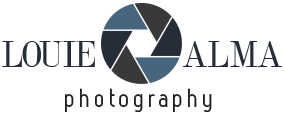Lidl is selling the cutest Cath Kidston pet beds for under £20 – they’re £30 cheaper than the Amazon version, so you’ll have to be quick
Run, don’t walk, to the middle aisle


















